The Healthiest Way to Eat Your Bananas, According to Nutrition Experts
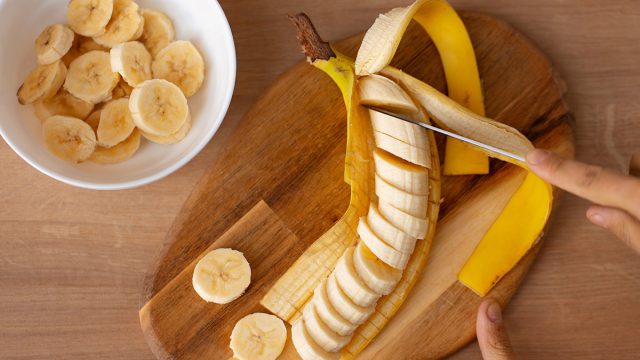
Bananas have become somewhat controversial regarding diet and weight loss. Some people swear by the elongated yellow fruit (which is botanically a berry, FYI), while others urge against it. However, according to Mariana Dineen, registered dietitian and founder of Elemento Health, they are "a powerhouse" of nutrition. "Each medium-sized banana, roughly 105 calories, is packed with essential nutrients. It's a treasure trove of potassium, crucial for heart health, and vitamin B6, vital for brain function. A healthy dose of vitamin C bolsters immunity and skin health, while its fiber content ensures a happy digestive system," she says. How should you eat bananas? We asked Dineen and a few other experts for their insight.
You Can Eat Them Ripe
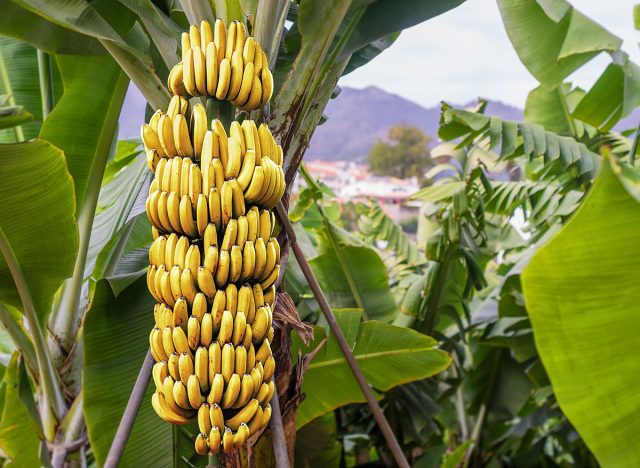
The healthiest way to eat a banana depends on individual dietary needs and preferences, says Dineen. "Ripe bananas are higher in natural sugars and are a quick energy source. A ripe banana is an excellent choice for a quick energy source in several scenarios," she says. "Ripe bananas are not only more palatable with their natural sweetness but also completely okay to include in a balanced diet."
You Can Also Eat Them Unripe
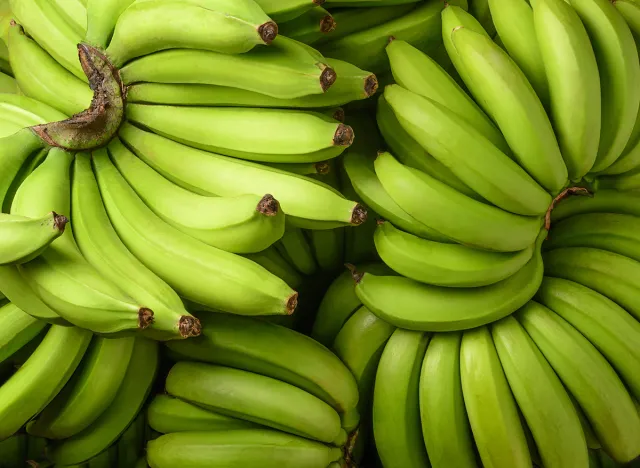
There are some added benefits to eating unripe bananas, adds Dineen. "They are higher in resistant starch, beneficial for gut health, and blood sugar control," she says. "Let's be real; not many people prefer the taste of an unripe banana, and that's perfectly fine!"
Pair Them with Protein or Healthy Fats
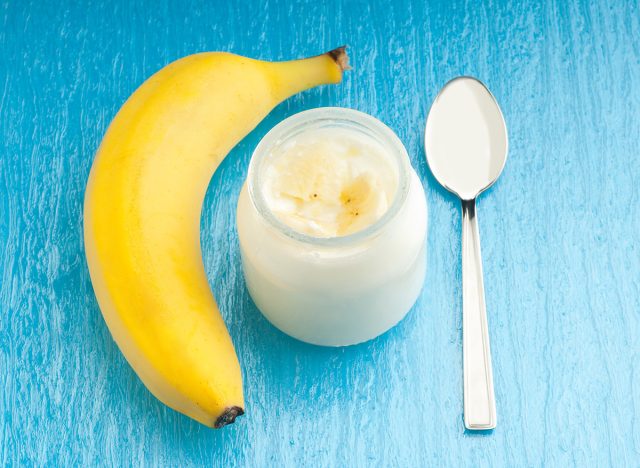
Pairing a banana with a source of protein or healthy fat is an excellent way to create a more balanced nutritional profile, explains Dinenn. "This combination helps in stabilizing blood sugar levels, which can prevent spikes and crashes, and also aids in satiety," she says. For example, eating a banana with a handful of nuts or a dollop of yogurt not only adds essential proteins and fats to your meal but also slows down the absorption of sugar from the banana into your bloodstream. "This results in a more gradual rise in blood sugar and energy levels, providing a sustained source of energy rather than a quick burst followed by a drop. This approach is particularly beneficial for maintaining energy levels, managing hunger, and supporting overall metabolic health."
Related: I'm a Nutritionist and These are the Best Banana Recipes For Weight Loss
Use Them for Post-Workout Recovery
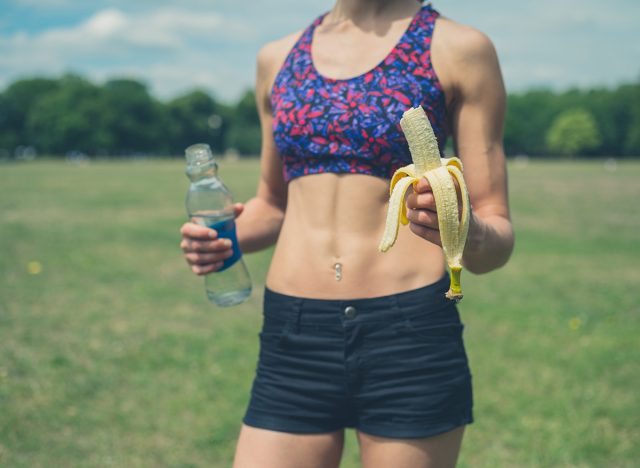
After exercise, your body needs to replenish its glycogen stores, explains Dineen. "The simple sugars in ripe bananas are effective for a quick post-workout energy replenishment."
Or, Eat Them for an Energy Boost During Endurance Activities
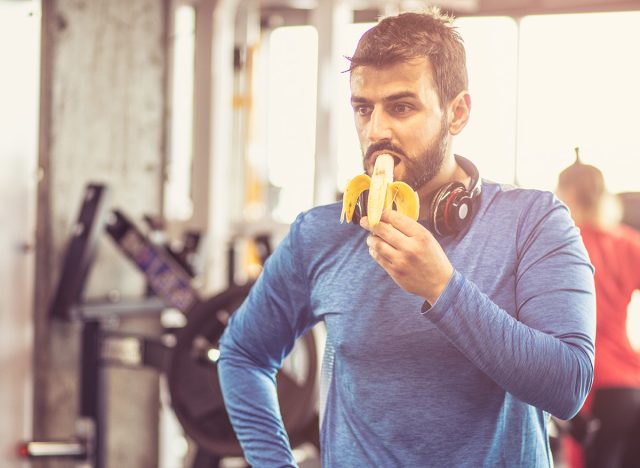
Endurance athletes usually keep bananas on hand. "For long hikes, bike rides, or runs, a ripe banana can be a portable and convenient source of energy to help sustain endurance," says Dineen.
Related: Top 10 Superfoods Every Woman Should Eat for the Best Body
Eat Them for Breakfast or Snacks
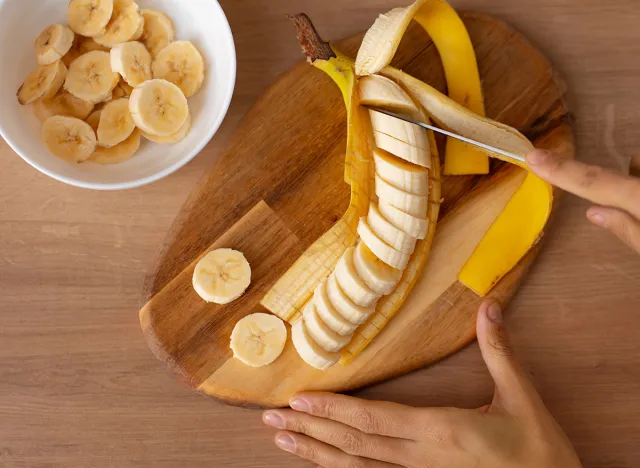
Bananas make a great on-the-go breakfast. "When you're short on time, a ripe banana can be a quick, on-the-go breakfast option to start your day with some energy," says Dineen. You can eat one before exercising. "Eating a ripe banana before exercising can provide a rapid source of energy, helping to fuel your workout. The natural sugars in ripe bananas are easily digestible, offering quick access to energy," she says. They also make a great snack. "If you need a boost to overcome a mid-morning slump or to beat the afternoon fatigue, a ripe banana can be a great snack. It provides a quick release of energy to help you regain focus and alertness," she says.
Add Them to Your Smoothies
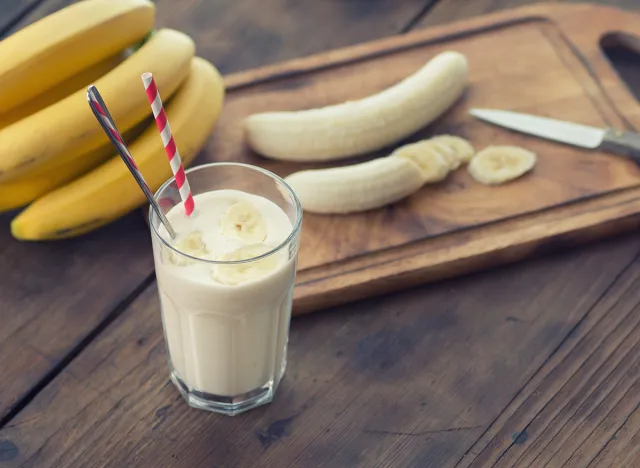
Dietitian, Health Coach, and author Jessica Cording, MS, RD recommends adding a banana to a smoothie "that has protein from a source like milk, yogurt, kefir, or protein powder." Not only will it add a touch of sweetness but also helps thicken up your drink.
Related: How I Lost Belly Fat and 70 Pounds With This Simple 3 Tricks You Can Steal
Add Them to Baked Good
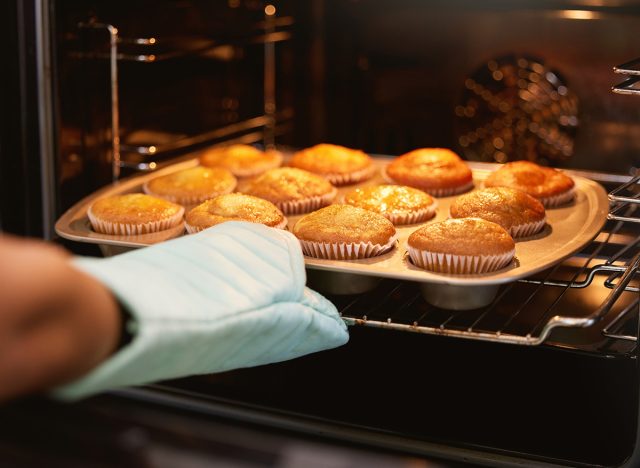
Bonnie Taub-Dix, RDN, media dietitian and creator of BetterThanDieting.com uses bananas when she bakes. One of her favorite recipes? Her Banana Almond Muffins. "They provide healthy whole grains, fiber, heart-healthy almonds and some decadent dark chocolate chips. I like to pair them with cottage or ricotta cheese or top them with a dollop of crunchy almond butter," she says.
💪🔥Body Booster: While unripe bananas might not taste good, they actually boast health benefits that ripe bananas don't, as they are higher in resistant starch, which is beneficial for gut health and blood sugar control.




